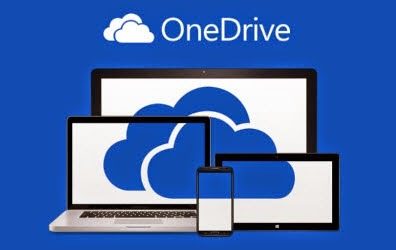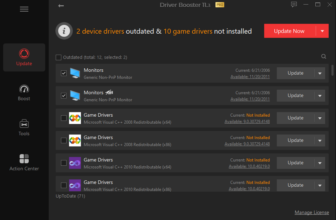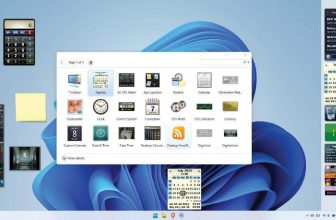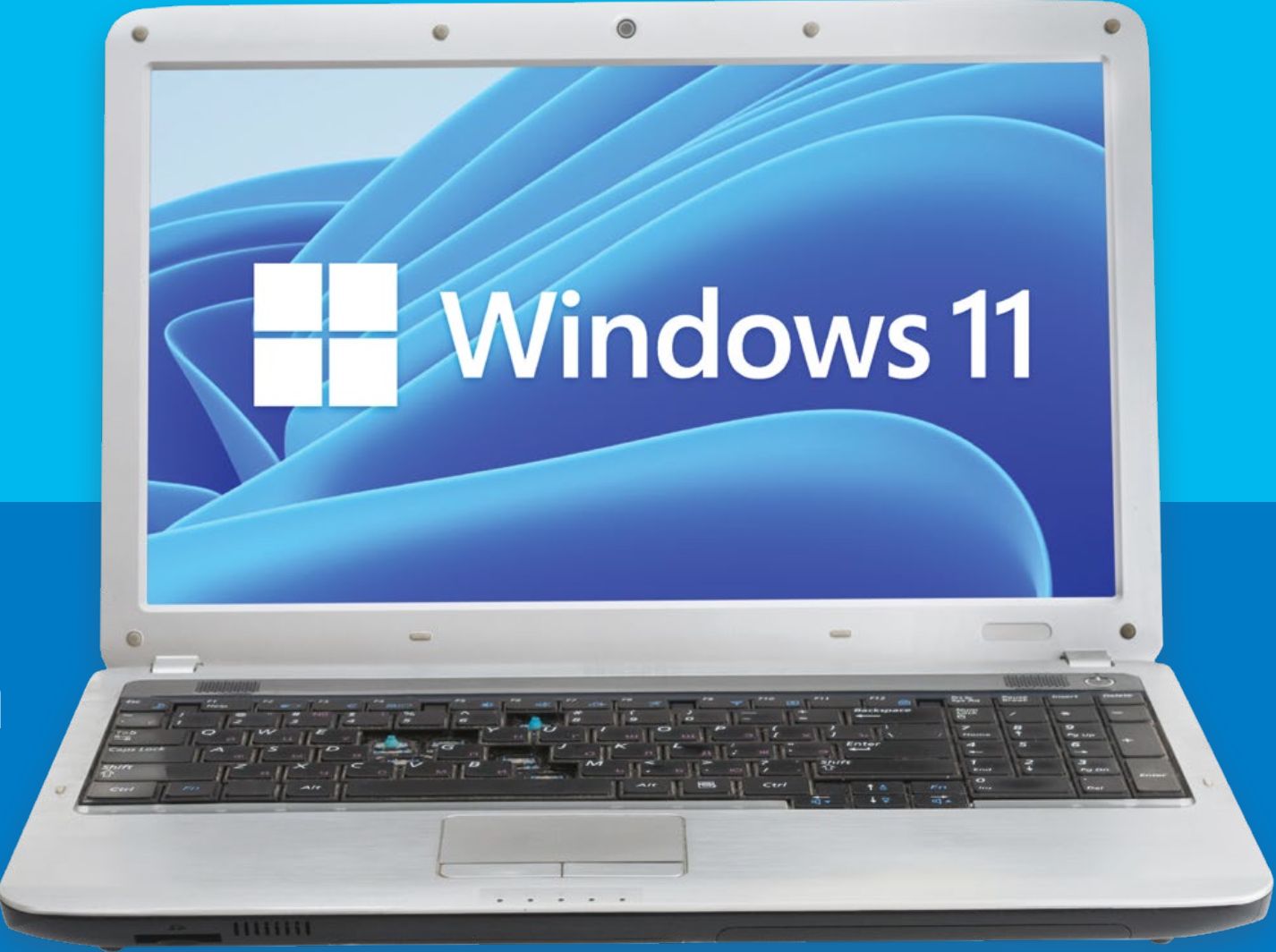Solve common OneDrive problems

Annoying errors from Microsoft’s cloud backup tool can be repaired with a few clicks using a simple app from the company’s website
OneDrive gives you 15 free gigabytes of cloud storage and file-syncing apps that work on almost every platform. It’s a good deal for Windows users and an integral part of the latest version of the operating system, but it’s a complex bit of network programming and things can go wrong.
If OneDrive starts misbehaving, Microsoft provides a tool to repair the common problems that occur. The OneDrive Troubleshooter can be downloaded from the Microsoft website and will analyse your OneDrive installation for the most frequent problems.
As OneDrive is the default saving location for documents under Windows 8.1, and also backs up your photos, losing access to the system can prevent the syncing of your work to other devices, as well as potentially ruining your backup plans. Let’s see how to fix it.
Getting the app onto your computer is easy, but you’ll need to be online. If your OneDrive woes are a symptom of a network outage, this needs to be fixed before you can continue. If your connection is working, go to http://windows.microsoft.com/en-gb/windows-8/onedrive-troubleshooter to read about the app, or http://go.microsoft.com/?linkid=9835055 for a download.
Once the file has downloaded to your PC, there’s no installation routine. Run the file from your browser’s download queue (click the filename at the bottom of the screen in Chrome, click ‘Save’ then ‘Open’ at the bottom of the screen in Internet Explorer, and click ‘Save File’ followed by the filename in Firefox). Or find the file in the folder it’s been saved to and double-click it.
When the app opens, you’ll be presented with a window with little more on it than a Next button. It’s worth clicking the ‘Advanced’ link, though, as this enables you to turn off automatic fixing of problems – if there’s something you don’t want the app to ‘fix’, such as a setting you chose for another reason, this is your chance to regain control over the process.
You might be asked for an Admin password. Click ‘Next’, and the troubleshooting app will begin detecting problems. The detection process shouldn’t take long, but if your computer has become disconnected from the internet, this is the stage at which it will fail. If it takes more than a few minutes, it suggests your computer is having trouble connecting to Microsoft’s servers.
When the detection process is over, you’ll be offered the choice to reset OneDrive. This will fix many problems, but also means the app will re-synchronize your files, so if you have stored data in the cloud and a slow internet connection, this option can take a while to complete. The good news is you can still work in other apps as it does it, but nothing you do will be backed up.
If you opt not to reset, and unticked automatic fixing of problems in the advanced settings in Step 3, you’ll be presented with a list of what’s wrong. If you’re on a computer administered by someone else, you may not be able to fix some of these. Others, such as the User Access Control, can be fixed manually from the Control Panel. Or you could let the app do it for you.
The troubleshooter is a well-behaved program, and as we turned off automatic fixing of problems in step 3, it pops up the segment of the Control Panel for us to make the repair ourselves. On our PC, the problem was User Account Control had been turned off, something OneDrive can’t abide and a security risk for the PC. We return it to its default setting, and all is well again.
Once everything is fixed, you’re given two last options. You can explore further options, which closes the troubleshooter and opens Windows Help so you can read more about the settings that were causing problems. Or you can choose to close the troubleshooter. The downloaded file might be worth keeping if you’re a regular OneDrive user, as you might need it again.





